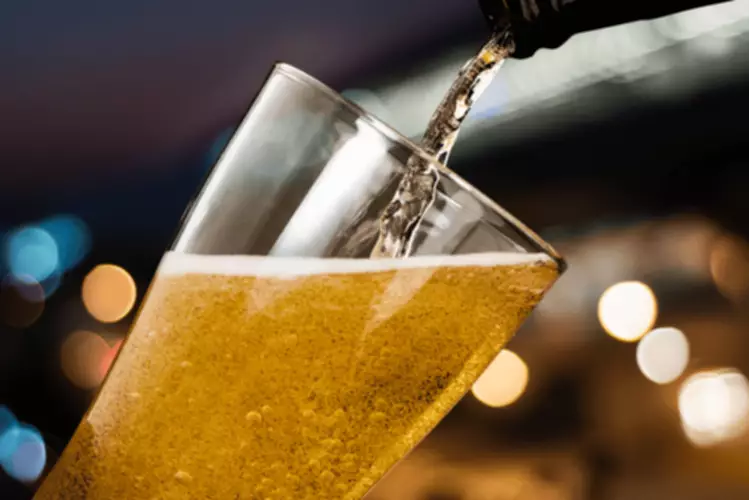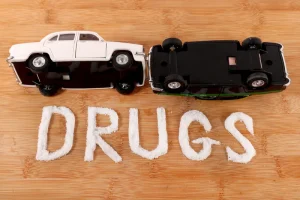
It’s often easier to break down long-term goals into more manageable chunks, such as committing to a weekly support meeting and exercising 5x weekly. A recovery journal can document your thoughts, feelings, challenges, and successes. Reviewing your journal can visualize how far you’ve come and remind you why you started this journey. Before communicating with others, take time to understand your own needs and boundaries. What behaviors or situations are helpful or harmful to your recovery? Being clear about these will help you articulate them more effectively to others.

Understand personal triggers
Imagine relapse as a sneaky little gremlin, always waiting for an opportunity to pounce. It’s not just about willpower or moral failing; it’s a multifaceted beast that involves biological, psychological, and social factors. That’s why relapse prevention isn’t just important—it’s absolutely essential for anyone serious about long-term recovery. Nurses most often use the same monitoring as individuals in the rest of the healthcare team. They may also have contact with individuals who provide close support to the patient, such as family members, friends, or sponsors.
- Pembrolizumab was well tolerated, with the most common side effects being fatigue, itching, diarrhea, and an underactive thyroid.
- The cognitive challenge is to encourage clients to measure their progress month-to-month rather than day-to-day or week-to-week.
- Consistent exercise can help reduce negative emotions8 and the chance of relapse.
- Relapse means going back to using after you’ve been abstinent for some time.
- Engaging in self-care may sound like an indulgence, but it is crucial to recovery.
The Benefits of Creative Expression in Addiction Recovery
The expertise of skilled facilitators helps navigate challenges, mediate conflicts, and keep discussions productive. This ensures that the group remains focused on relapse prevention and recovery goals. When Lisa attended her first relapse prevention group meeting, she was nervous, but soon felt at ease.
Types of Rehab Centers
- Making a list of internal and external triggers is an efficient way to gain awareness of one’s triggers and reduce the risk of relapse.
- Clinical experience has shown that this stage usually lasts 2 to 3 years.
- Research identifying relapse patterns in adolescents recovering from addiction shows they are especially vulnerable in social settings when they trying to enhance a positive emotional state.
If we would consider why we made the change in the first place, we would remember how the old behavior made us feel worse. Talking to a supportive person, distraction, or relaxation can help relieve the pressure. Preliminary evidence suggests Black and Latino individuals may not derive as much benefit from Relapse Prevention (RP) as White individuals.
Once a person begins drinking or taking drugs, it’s hard to stop the process. Good treatment programs recognize the relapse process and teach people workable exit strategies from such experiences. It’s an acknowledgement that recovery takes lots of learning, especially about oneself.
Mindfulness Meditation
For example, in the Mid-west, individuals can train in a program that emphasizes Native American values and traditions with the intention that they will be able to offer more effective support to other Native Americans. Many physical relapses relapse prevention occur during times when the individual believes their use will go undetected. In working with patients in early recovery, providers need to ensure they have the skills necessary to recognize these high-risk situations and avoid using.
Overcoming Challenges in Group Activities for Relapse Prevention
Some people relapse several times before new behavior becomes a regular part of their lives. Thus, it is important to learn about and use relapse prevention techniques. Before discussing prevention, it is useful to understand the nature of relapse.

It is always better to be honest and work on getting the process of recovery started again as quickly as possible. A significant statistical connection exists between post-traumatic stress disorder (PTSD) and addiction. In the general population, approximately 3-7 percent of people grapple with a substance use disorder (SUD). However, when examining those with PTSD, the prevalence of SUD escalates to as high as 35 percent, while alcohol use disorder (AUD) stands at 52 percent. Conversely, around 8 percent of the general population experiences PTSD, but within the subset dealing with a substance use disorder, this figure surges to between percent. With our limited coping skills, failure to employ an alternative plan, and unwillingness to talk to anyone, we increase the risk of going back to our old behavior.
The more committed you are to the process, the more likely you’ll be to succeed. When the urge to use hits, remind yourself why you started down the path to recovery in the https://ecosoberhouse.com/ first place. Think about how out of control or sick you felt when you were using. Remember the embarrassing things you may have done or the people you may have hurt.
